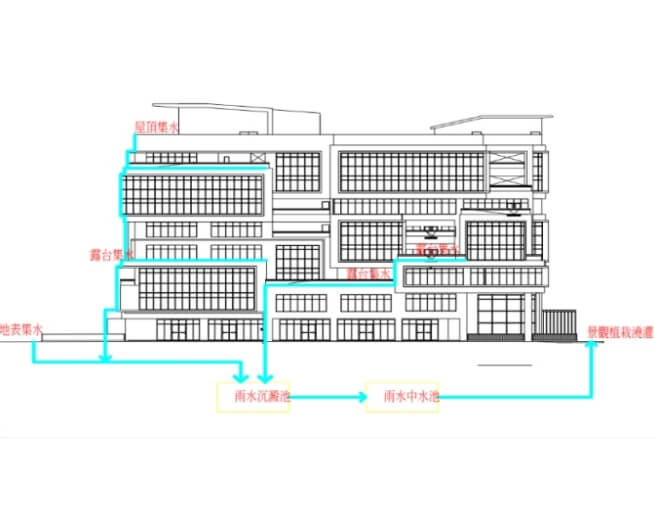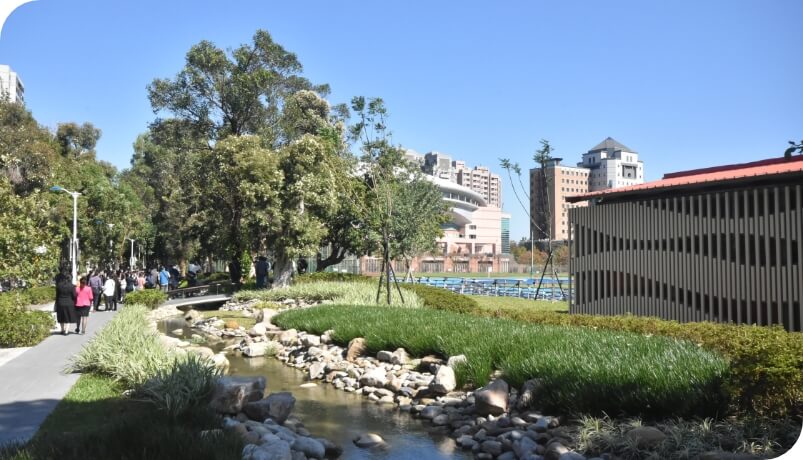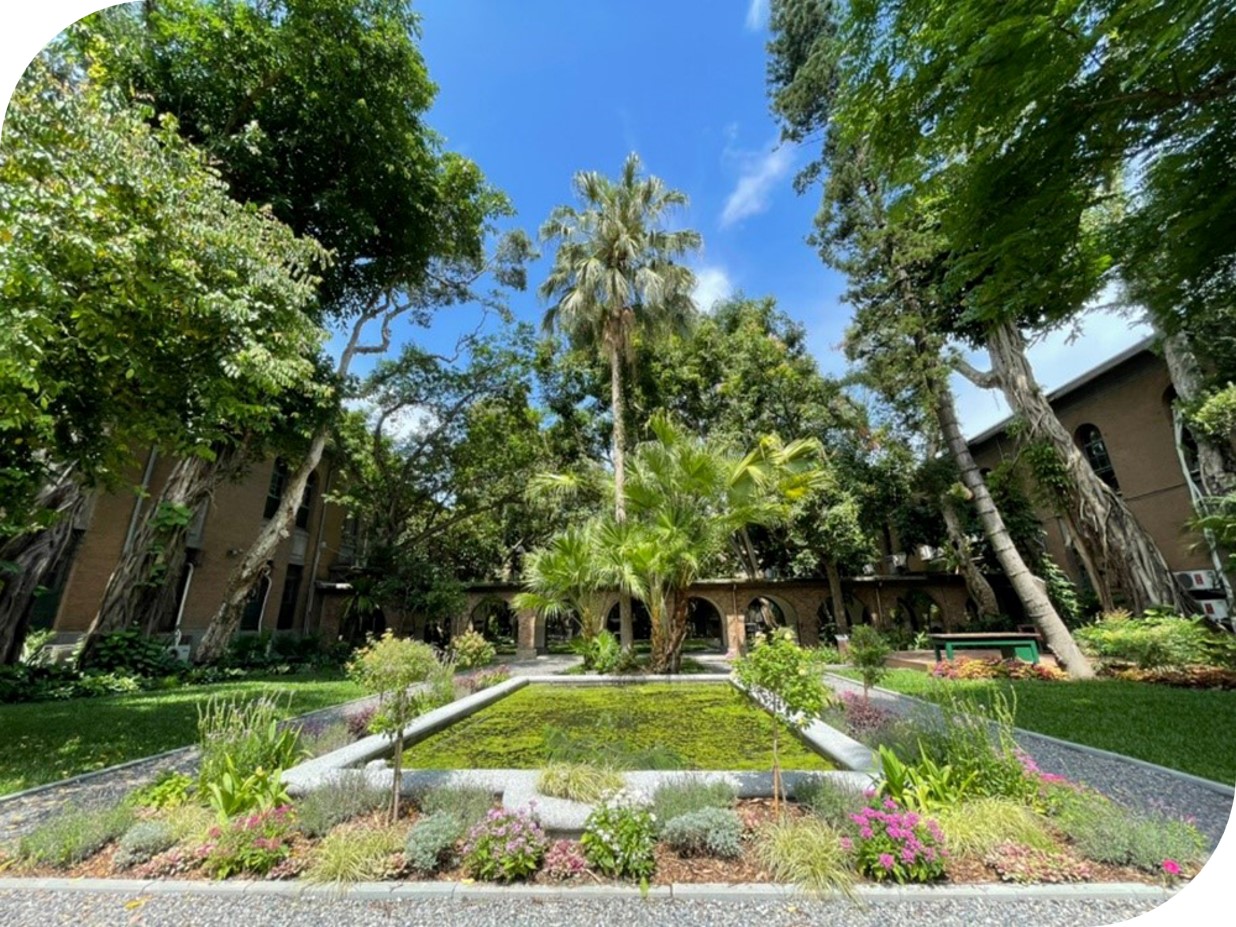Digital monitoring system
Beginning in 2018, NTU gradually replaced the traditional water meters with digital meters. In 2019, a digital monitoring system was installed to enhance the monitoring of water consumption on campus and minimize the waste of water. The meter readings are checked every month and the campus is patrolled regularly for water leakage, which will be detected and repaired in time.

In 2023, upgrade projects were completed in campus buildings
483 projects
Water Consumption in the last 3 years
As most of the campus water supply pipelines have been upgraded and fitted with water-saving devices, together with the constant promotion of resource conservation that changed people’s habit of water usage.
Water Management Measures
- Rooftop rainwater and swimming pool water is channeled into the Drunken Moon Lake.
- Water from lakes and raft foundations is channeled into the ecological pond or used for irrigation at the farm or for landscaping.
- New buildings have rainwater recycling systems to collect rainwater for flushing the toilet and watering the plants.
- Rain gardens are built along roadside planted areas, where surface runoff is absorbed by soil, increasing water retention capacity.
- NATIONAL TAIWAN UNIVERSITY Principles for Water Resource Management and Reuse

 Diagram of the rainwater recycling system in Lixian Hall.
Diagram of the rainwater recycling system in Lixian Hall.
 Permeable aquifers are built in planted areas along both sides of the Mahogany Avenue.
Permeable aquifers are built in planted areas along both sides of the Mahogany Avenue. Transform Historic Canal into Pleasant Water Landscape
Taipei City worked with NTU to rediscover the waterway image along Xinsheng South Road Section 3. NTU pulled down part of the campus wall and offered a piece of land to restore a pleasant water landscape in an urban environment with waterway as the core image of design.
The parking space for scooters and bicycles were remodeled into pedestrian-only space in a green and sustainable way. Besides permeable pavement, lots of shrubs and ground cover plants are grown in this new space. Based on the image of an agricultural waterway, this beautiful canal can also retain floodwater. It really has reshaped the relationship between human, space, and life.

Revitalized Courtyard at the College of Bioresources and Agriculture Wins Taiwan Landscape Award
The courtyard situated between Building No. 4 of the Department of Horticulture and Landscape Architecture (DHLA) and Building No. 5 of the Department of Bioenvironmental Systems Engineering at NTU’s Main Campus had long suffered from neglect. Overgrown trees with unpruned branches cast deep shadows, and exposed roots created uneven terrain. With generous support from DHLA alumni, the department office and alumni association collaborated to transform the once-overgrown courtyard into a refined garden with ecological educational value. The courtyard’s soil presented a challenge, with a dense clay layer starting just 50 cm below the surface, hindering drainage and restricting root growth. The renovation project employed low-impact development design methods, laying Water Harvesting Modules nearly a story high. A significant amount of organic matter provided by NTU Farm was also incorporated into the soil. These measures effectively addressed the courtyard’s drainage issues while achieving sustainable water resource utilization, contributing to the least environmental impact and, soil and water conservation. The revitalized courtyard was awarded the Merit Award in the “Parks, Green Spaces, and Public Open Spaces Category” of the 10th Taiwan Landscape Awards.





